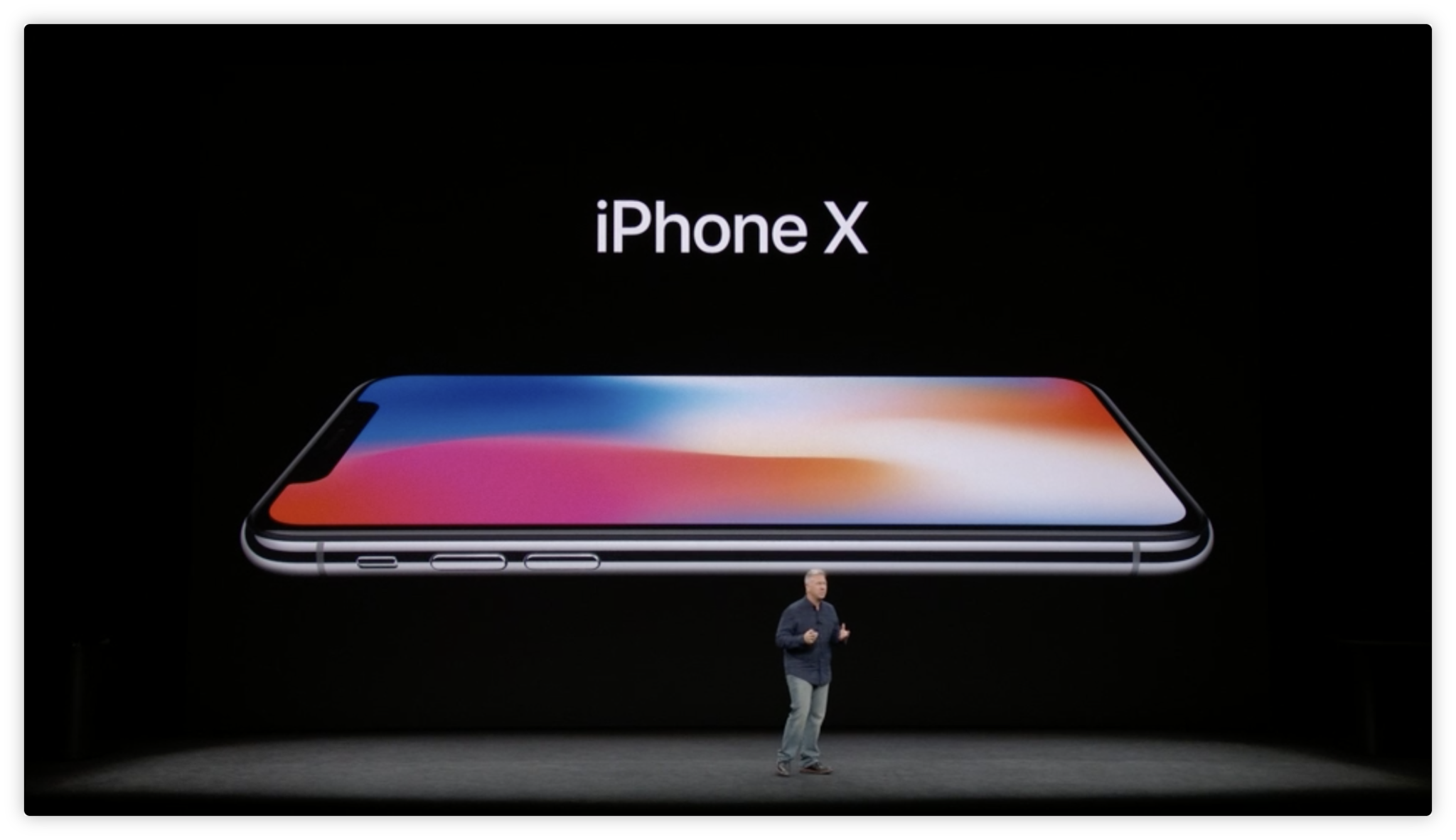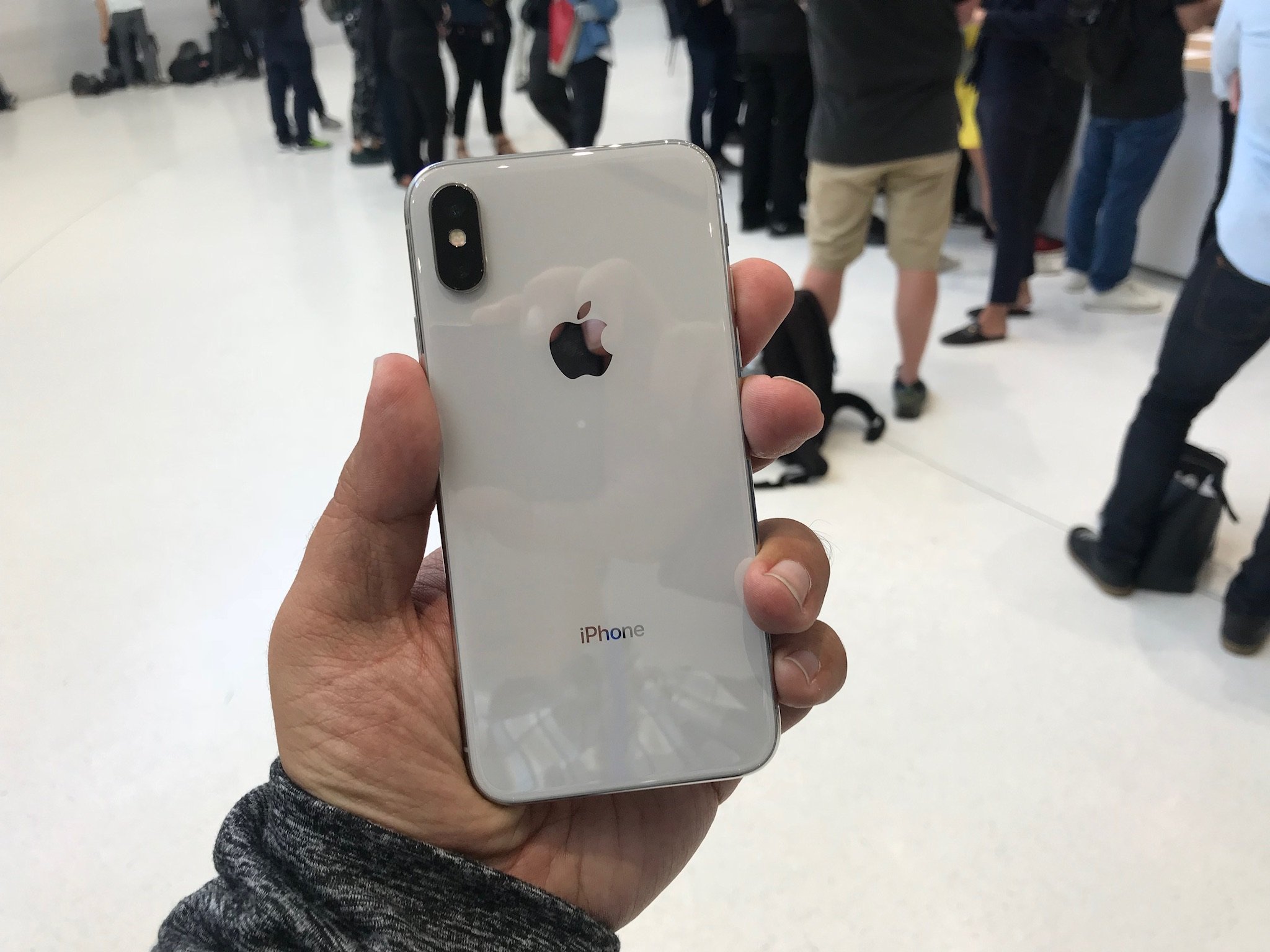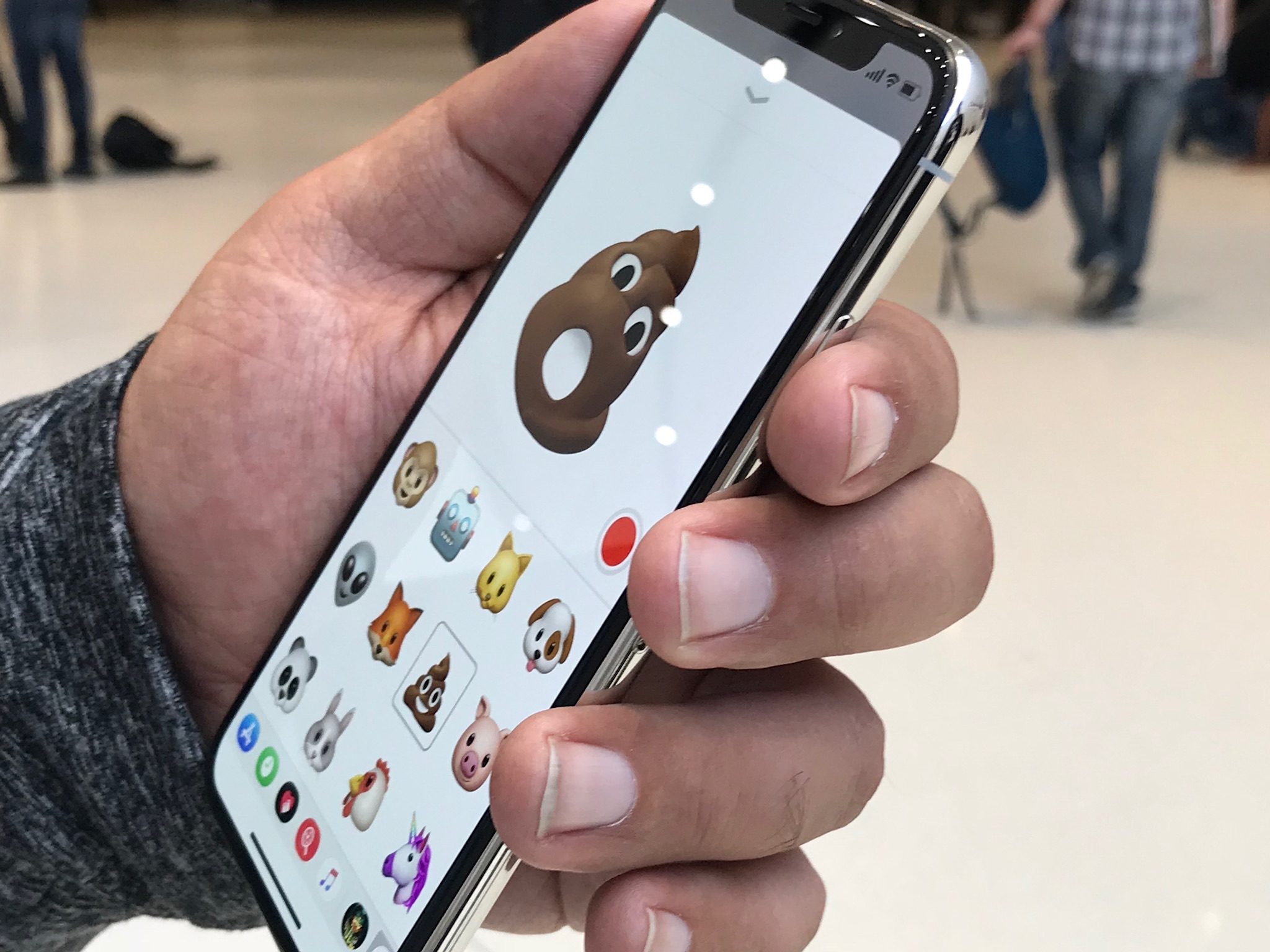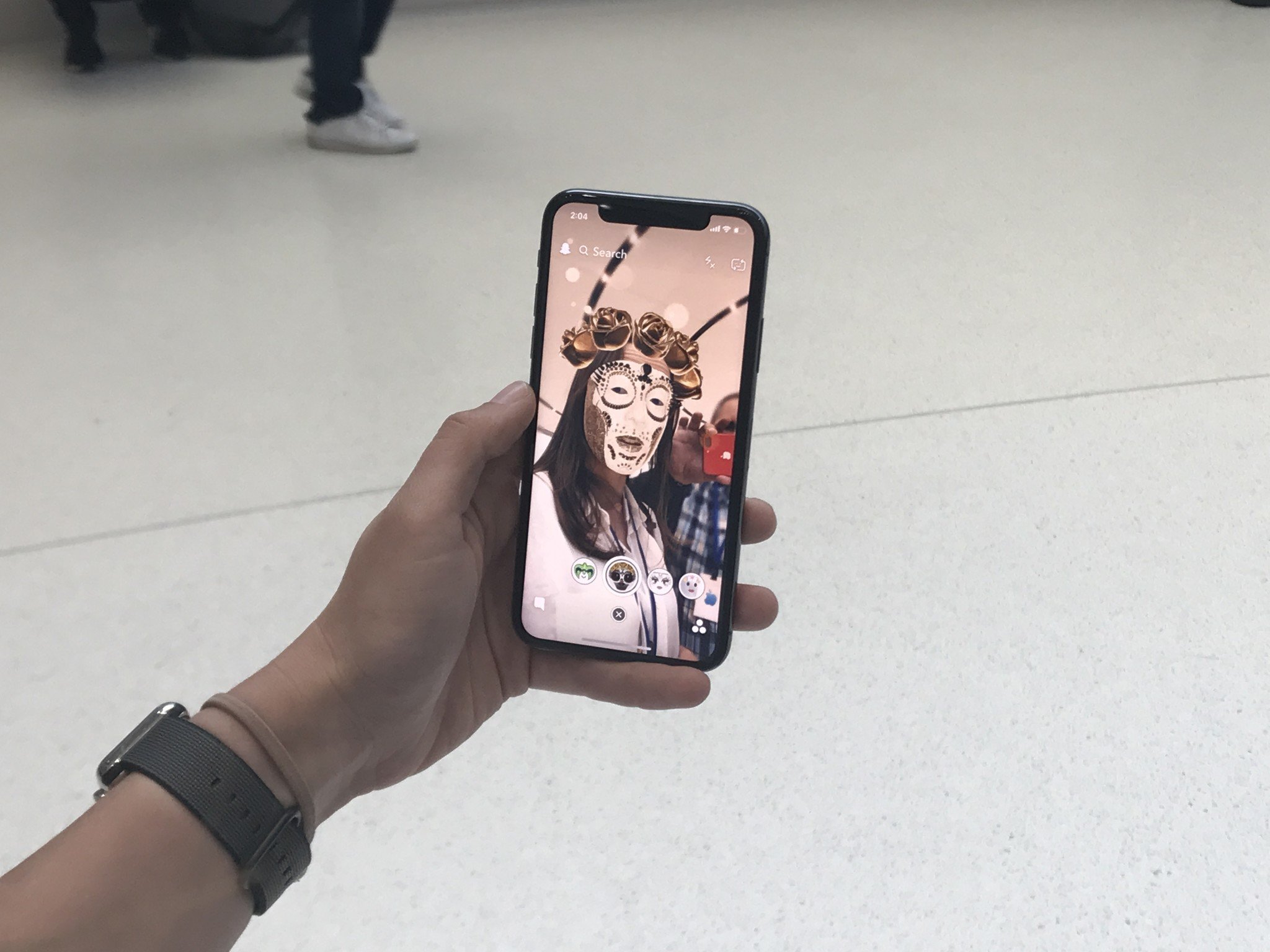iPhone X FAQ: Everything you need to know!


Apple has announced the iPhone X, its third new iPhone this year. While the iPhone 8 and iPhone 8 Plus offer an iteration on a familiar design while making notable internal improvements, the iPhone X takes a new path, both in terms of design and the technology it utilizes.
What is the iPhone X?

Alongside the iPhone 8 and iPhone 8 Plus, Apple announced a third iPhone this year: the iPhone X (pronounced "ten"). While boasting similar performance to the iPhone 8 Plus, the iPhone X ditches the traditional "chin and forehead" that iPhones have had since the beginning. Instead, the entire front of the phone, save for the notch at the top, is all screen, all the time. The phone features highly durable, water- and dust-resistant glass on both the front and the back, with a surgical-grade stainless steel band around the edges.
What colors will it come in?
iPhone X will come in Space Gray and Pearl Silver.
How much will the iPhone X cost?
The iPhone X starts at $999 for 64GB of storage. The 256GB model will run you $1,149.
When can I get my hands on it?
The iPhone X will go up for pre-order on October 27, and launch on November 3.
Will the iPhone X come with iOS 11?

Indeed it will, and thanks to the brand new design, the iPhone X will have some exclusive features within iOS 11 not found in other devices. These features include Animojis, 12 animated emojis that you can send in iMessage that mirror your expression by analyzing over 50 different muscle movements. Apple has also built in new ARKit features that take advantage of the iPhone X's face detection features.
What's new with the iPhone X's display?

The iPhone X marks the first time that Apple has included a non-LCD screen on an iPhone, with the iPhone X utilizing OLED display technology for its new Super Retina display. This gives the screen darker blacks, better colors, and even battery life savings. The Super Retina display also supports High Dynamic Range video.
iMore offers spot-on advice and guidance from our team of experts, with decades of Apple device experience to lean on. Learn more with iMore!
The other element that the iPhone X brings to the table is a new resolution, 1125x2436. This is the first change in resolution that the iPhone lineup has seen since the 2014 introduction of the iPhone 6 and iPhone 6 Plus.
Is there a dark mode?
When you put the display to sleep, yes - it's very dark. Otherwise, not. Not this time around.
Did they really get rid of the Home button?
They sure did. Now to get to the Home screen, you'll swipe up from the bottom of the phone.
Does that mean Touch ID is gone?
Touch ID is indeed nowhere to be found on the iPhone X. However, Apple hasn't abandoned biometrics. In fact, they've come up with something that they think is even better than Touch ID: Face ID.
What is Face ID?

Face ID is Apple's new biometric unlocking mechanism that it's introducing with the iPhone X. Using the front-facing cameras, an infrared camera, flood illuminator, and a dot projector, the iPhone scans your face with techniques like depth mapping in order to tell if it's really you.
Apple touts the security of Face ID, saying the chances of someone being able to open your iPhone X with their face are 1 in 1,000,000 (versus 1 in 50,000 for Touch ID). Furthermore, the system can't be tricked by photographs or even perfectly-sculpted masks. Face ID also works with Apple Pay and third-party apps, just like Touch ID does.
What should I know about the A11 Bionic processor?
Like its predecessor, the A10, the A11 Bionic system-on-a-chip utilizes a combination of high-energy an high-efficiency cores to balance power consumption with performance. The high-energy cores are active when you're doing things like playing games and are up to 25% faster than the A10 Fusion cores, while the high-efficiency cores manage tasks like light web browsing and reading email and are 75% faster than previous cores. The A11 Bionic is capable of up to 600 billion operations per second.
What's new with the camera?

Just like the iPhone 8 Plus and the iPhone 7 Plus before that, the iPhone X sports two cameras on its back: one with a wide-angle lens with a ƒ/1.8 aperture, and the other with a telephoto lens with a ƒ/2.4 aperture. Both cameras are 12MP and support wide color gamut shooting, and the iPhone X now features dual optical image stabilization. This means extremely improved image capture in low light.
Turning our attention to the front of the device, the iPhone X sports two image sensors there as well. Having two cameras on the front aids in the iPhone X's new facial recognition unlock feature, Face ID. The new cameras on the front also allow for Portrait Mode selfies, as well as use of new Portrait Lightning affects that change the lighting on your face in real time.
What about wireless charging?
Just like the iPhone 8 and iPhone 8 Plus, the iPhone X supports Qi wireless charging. Apple will also be producing a wireless charging mat that can charge your iPhone X, Apple Watch, and AirPods with wirless charging case all at the same time. Apple calls the charging method used by the mat AirPower.
Will I need a new case for my iPhone X?
Yes. The iPhone X isn't going to fit in a case for any existing iPhone, but Apple and some third-party manufacturers have got you covered.
Want to know more about the iPhone X?
Tell us in the comments what else you want to know about the iPhone X, and head over to the iMore Forums to tell everyone what you think about Apple's latest iPhones.
Update September, 2017: Corrected the pricing for the 256GB model.
Joseph Keller is the former Editor in Chief of iMore. An Apple user for almost 20 years, he spends his time learning the ins and outs of iOS and macOS, always finding ways of getting the most out of his iPhone, iPad, Apple Watch, and Mac.


